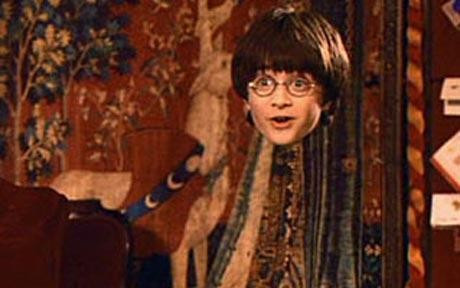'Invisibility Cloak' Developed by Student

A student from St. Andrews University in Fife, Scotland, has developed an optical sphere, that goes some way to creating an invisibility cloak.
Janos Perczel, 22, an undergraduate student at St. Andrews, said that light can be bent around an object by slowing it down, creating an optical illusion.
Previous efforts to creat invisibility cloaks were only usable against certain backgrounds. Perczel, from Hungary, said that his cloak would be able to be used against any background.
"When the light is bent it engulfs the object, much like water covering a rock sitting in a river bed, and carries on its path, making it seem as if nothing is there," said Perczel.
"Light, however, can only be sped up to a speed faster than it would travel in space under certain conditions, and this restricts invisibility cloaks to work in a limited part of the spectrum, essentially just one colour.
"This would be ideal if somebody was planning to stand still in camouflage. However, the moment they start to move, the scenery would begin to distort, revealing the person under the cloak."
"By slowing all of the light down with an invisible sphere, it does not need to be accelerated to such high speeds and can therefore work in all parts of the spectrum."
Professor Ulf Leonhardt, who teaches physics and astronomy at St. Andrews, guided Perczel's discovery.
A spokesperson for the Institute of Physics said: "This new development opens up further possibilities for the design of a practical invisibility cloak, overcoming the problem of light speed which other advances have struggled to address and, very impressively, this significant advance was achieved by an undergraduate student."
Follow Joe Rennison on Twitter here.
E-mail your story ideas to j.rennison@ibtimes.co.uk
© Copyright IBTimes 2025. All rights reserved.





















